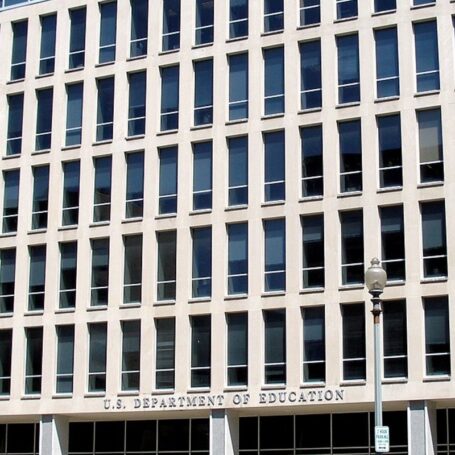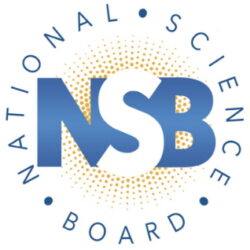Federal Budget Backs Off Some Ties That Bind
With President Obama set to deliver the annual State of the Union Address tonight, various interest groups –including social and behavioral scientists—will parse every word for hints about future funding, endorsement and regulation of their own work. (Follow the Twitterverse reaction here: #sotuscience.) But as the University of Northern Iowa’s Donna Hoffman and Dominican University of California’s Alison Howard noted on NPR this morning, only two of the 41 proposals the president made of Congress from last year’s speech came to legislative fruition.
Earlier this week, the Consortium of Social Science Associations posted its own analysis of a more likely source of government action toward the sciences—the federal budget. According to COSSA’s 10-page review, key victories in this year’s $1.1 trillion appropriations bill aren’t what has been given, but what hasn’t been taken away:
“… the [Consolidated Appropriations Act of 2014] is free of restrictive language that would limit social science at the National Science Foundation (NSF); in particular, language akin to the so-called “Coburn amendment,” which significantly limited the NSF Political Science program in FY 2013 by requiring that all funded projects address U.S. economic or national security interests, does not appear in the bill, thereby lifting the restrictions that were placed on the program and researchers. In addition, proposed provisions that appeared in recent years prohibiting or otherwise limiting health economics research funded by the National Institutes of Health (NIH) are not in the final agreement.”
“This is excellent news for basic science at NSF and any scientist concerned about Congressional micro-management of the research process,” writes Paula Skedsvold, the executive director of the Federation of Associations in the Behavioral & Brain Sciences. Despite that cheery assessment, she finds the budget overall somewhat of a “mixed bag” for science.
With some notable exceptions, the omnibus legislation provides funding to specific departments of government and allows them to decide, based on their own priorities, what gets paid for and what doesn’t. (That spending plan is, of course, submitted to Congress later for its OK.) The NSF, for example, was allocated $7.17 billion, which is under its official funding in last year’s budget but 4.2 percent above what it actually got (thank you, sequester). NSF’s money, as noted, came without obvious strings on its social or economic research.
That said, some research priorities are mandated in the bill. While the allocation for the National Institutes of Health specifically notes that Congress is sticking to tradition and not telling the NIH what diseases to investigate, there’s still plenty of mandated spending on specific maladies, such as AIDS and Alzheimer’s.
The NIH section includes an order that the Institutes examine how peer review functions across the agency, with a specific focus on how the process can advance biomedical science and expand knowledge about human health.
A number of specific provisions in the bill draws on social science research to inform their initiatives, such as two projects at the Department of Justice — $75 million to ““bring together the Nation’s best minds to research the root causes of school violence, develop technologies and strategies for increasing school safety, and provide pilot grants to test innovative approaches to enhance school safety,” and more than $3 million to determine how often so-called “honor violence” against women occurs in the United States.
COSSA reports that issues of public and open access appear throughout the bill, with a specific order to the Office of Science and Technology Policy to report back to Congress on how individual agencies are complying with past mandates on access.
The full budget bill analysis is available at COSSA’s website.























































































